


Staple Food Fortification - a commitment guide for the UNFSS and Tokyo N4G Summit
- 24/03/2021
The UN Food Systems Summit, UN Climate Change Conference (COP26) and Tokyo Nutrition for Growth (N4G) Summit will take place towards the end of 2021. All three events are key milestones on the road to recovery from the devastating impacts of the COVID 19 pandemic on food security and nutrition. The summits are also key moments to mobilize support for and prioritization of staple food fortification as a no-regrets, gamechanging intervention to fight disease and poverty among the world’s most vulnerable communities.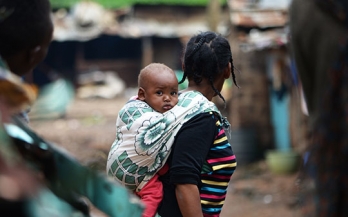
GAIN Briefing Paper Series 4 - Nutrient shortfalls in young children's diets and the role of affordability
- 23/03/2021
For millions of children in Eastern and Southern Africa and South Asia, current diets do not contain enough nutrients for proper growth and development. This is a tragedy. New evidence has recently been published that sheds light on the nutrient gaps experienced by young children in 14 countries in these regions and examines which foods might be affordably used to fill them. This briefing paper highlights the key findings from this research.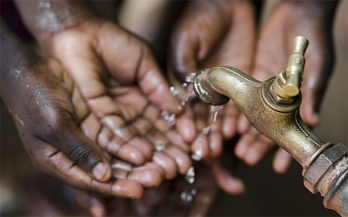
World Water Day: What does water mean to you?
Water is often described as a precious commodity, but it is so much more than that. It enables and sustains life. In households, schools and workplaces. Water can mean health, hygiene, dignity and productivity. In cultural, religious and spiritual places, water can mean a connection with creation, community and oneself. In natural spaces, water can mean peace, harmony and preservation.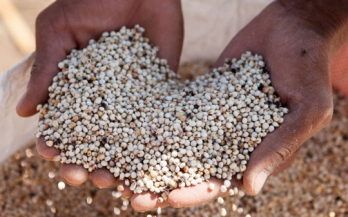
Italy to set the stage for UN Food Systems Summit with three-day event that will deliver bold new ambitions
The United Nations and the Government of Italy announced today that the Pre-Summit gathering for the 2021 UN Food Systems Summit will be in Rome, Italy from July 19 to July 21, 2021. Under the leadership of UN Secretary-General António Guterres and Prime Minister of Italy Mario Draghi, the Pre-Summit event will bring together the efforts and contributions of a global engagement process to shape ambition to transform food systems.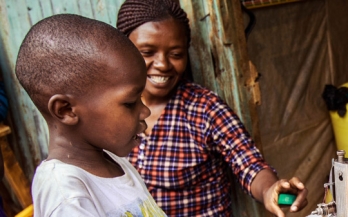
GAIN at GHTechX 2021
Online Webinar, Global
Good nutrition is critical for achieving and maintaining a healthy life. For infants and young children, high-quality diets serve as the foundation for growth, physical and mental development, and protection from disease.
Assessing Food Safety Interventions Relevant to Foodborne Zoonoses in LMICs
- 22/03/2021
This report highlights the multiple and complex factors involved in mitigating foodborne zoonoses in animal source foods sold at traditional markets in resource-poor settings.
Unaffordability drives hidden hunger with lasting impact
GAIN in partnership with UNICEF is releasing a journal supplement in Nutrition Reviews, titled "Assessing nutrient gaps and affordability of complementary foods." Additionally, 18 accompanying country briefs will be published, half of which will focus on nutrient gaps and the other half on affordability.
Affordability of nutritious foods for complementary feeding
- 09/03/2021
These briefs are part of a series on affordability of nutritious foods for complementary feeding by GAIN and UNICEF conducted in selected countries in Eastern and Southern Africa and South Asia as part of the UNICEF-BMGF Regional Initiatives for Sustained Improvements in Nutrition and Growth (RISING).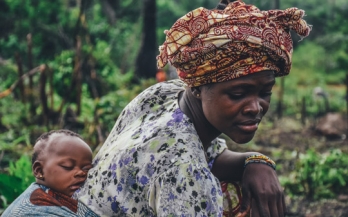
Comprehensive Nutrient Gap Assessment (CONGA): Micronutrient gaps during the complementary feeding period
- 09/03/2021
These briefs are part of a series on complementary feeding gaps by GAIN and UNICEF conducted in selected countries in Eastern and Southern Africa and South Asia as part of the UNICEF-BMGF Regional Initiatives for Sustained Improvements in Nutrition and Growth (RISING).